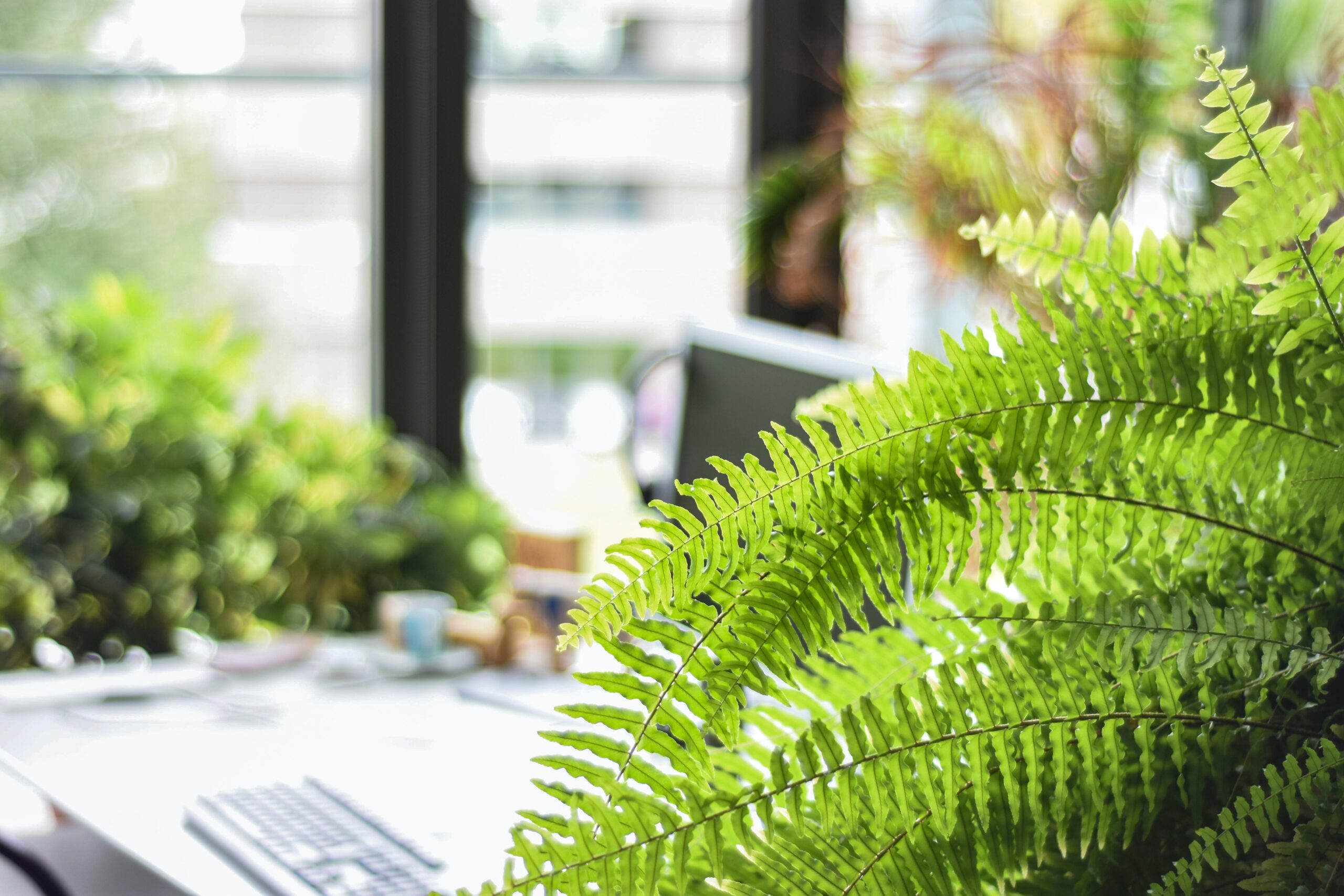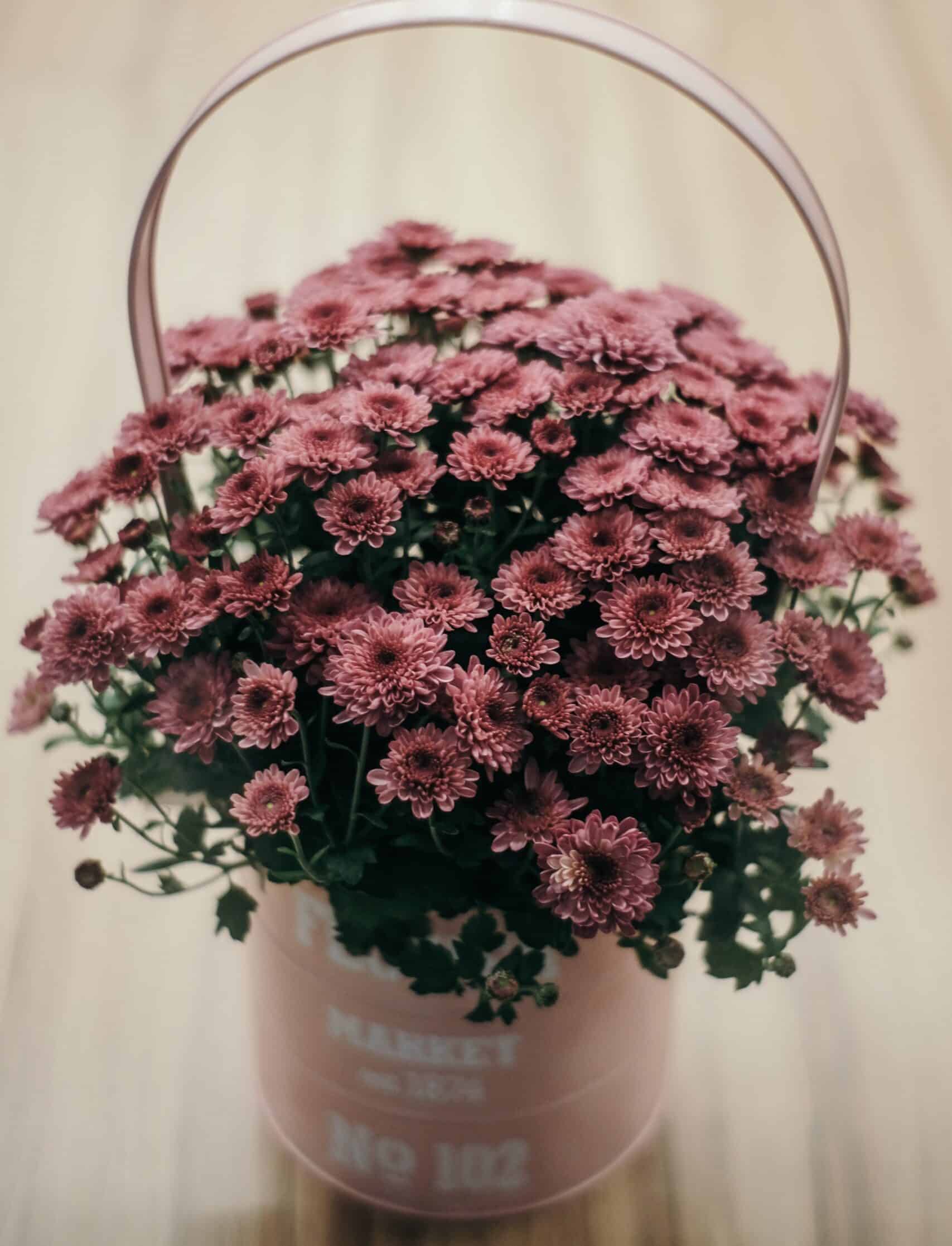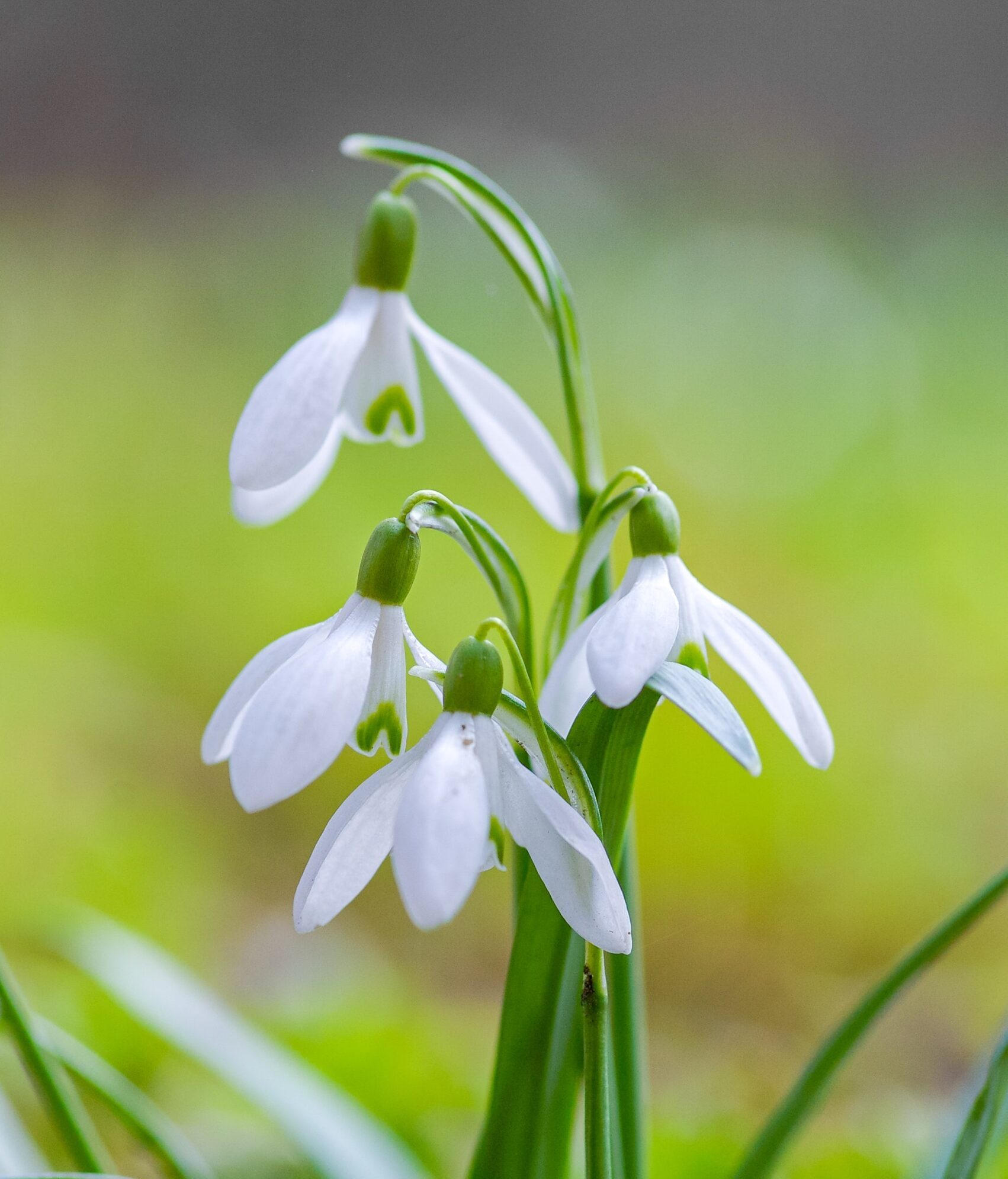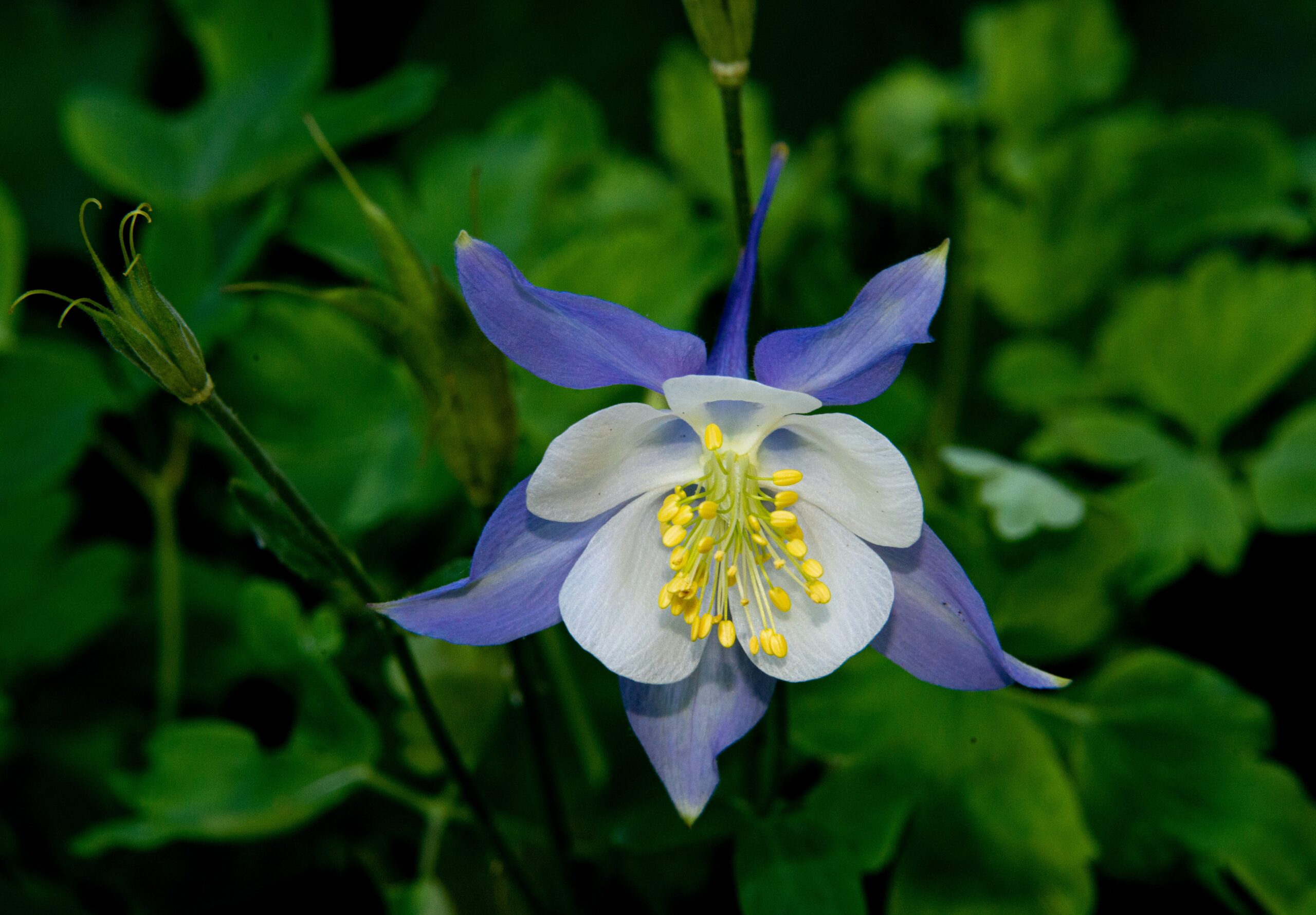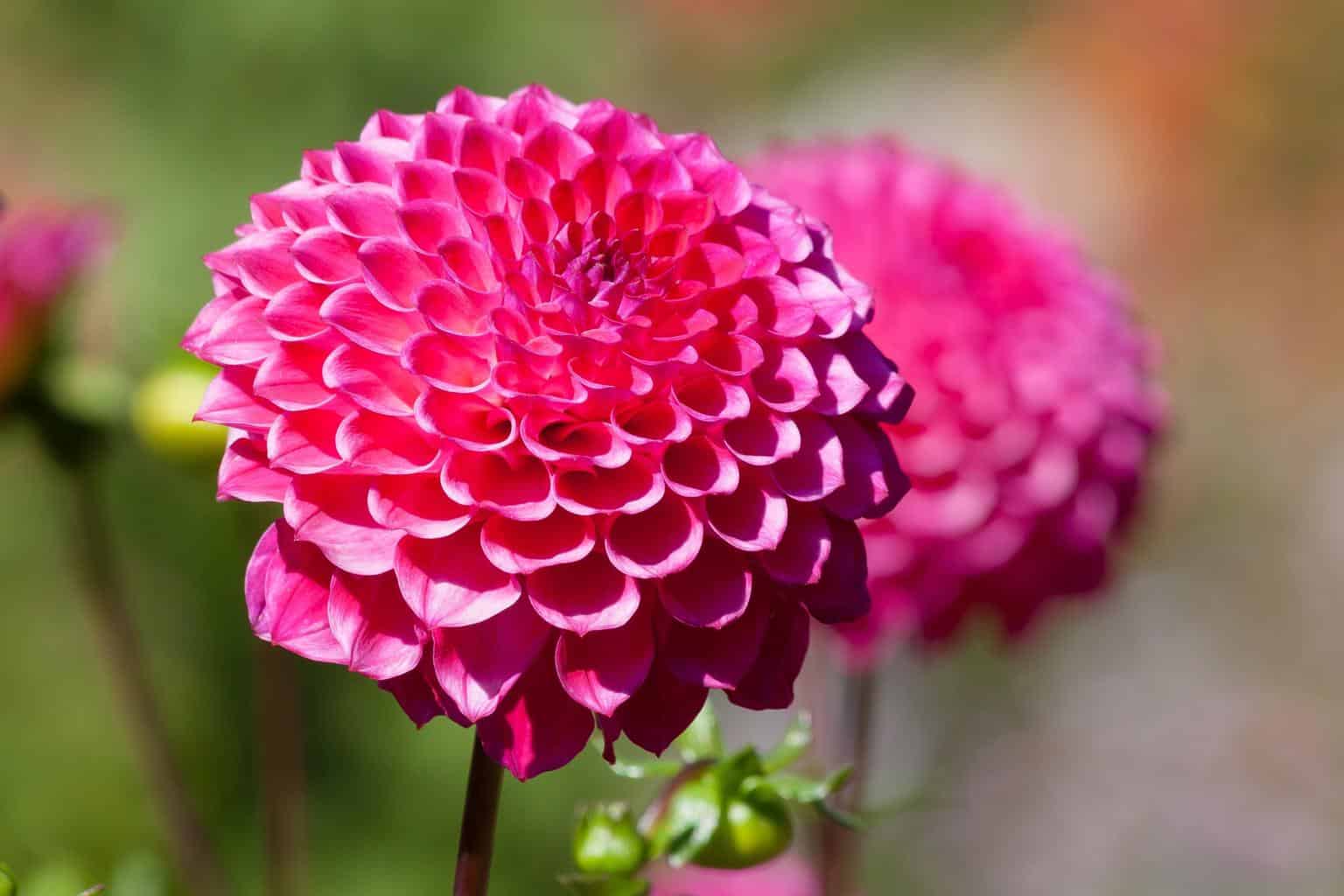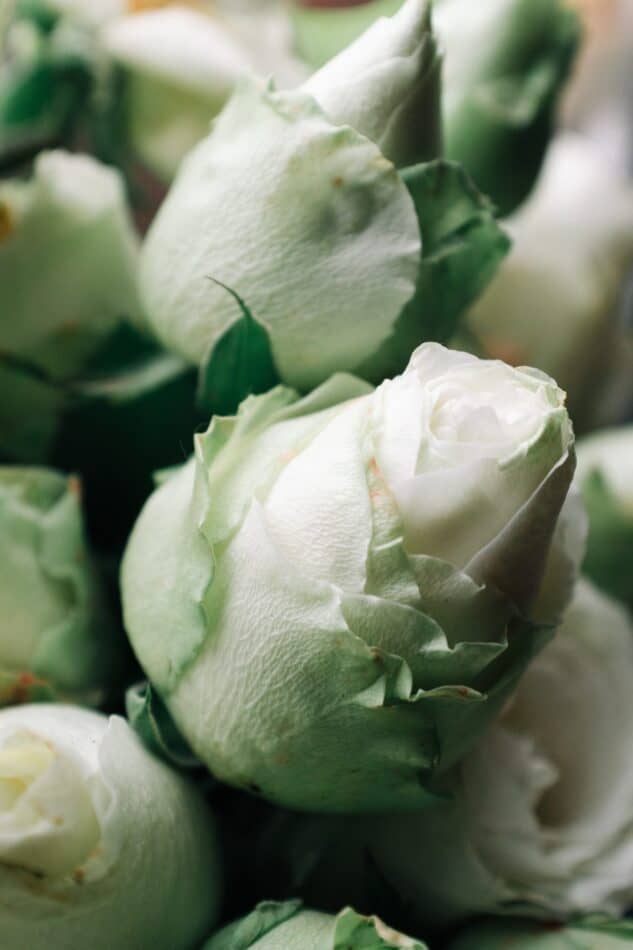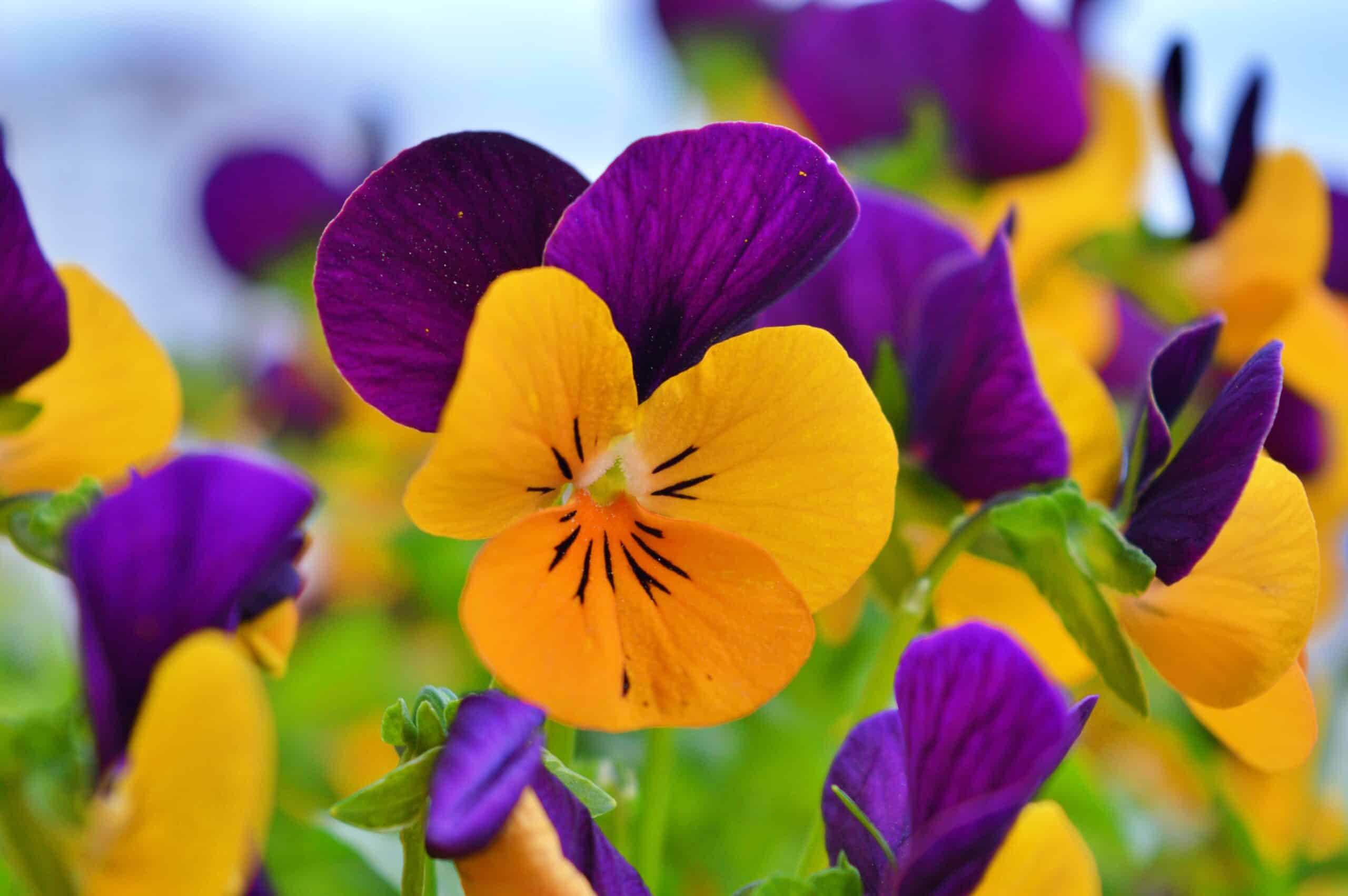More and more workers are going back to the office now. The working from home crowd is back in the corridors so, how can we make our offices prettier? We selected the ten best plants for your office. These plants are undemanding, and anyone can manage and grow them. In addition, they clean the air of harmful substances such as formaldehyde and benzene found in tobacco smoke or acetone released from monitors.
Chamaedorea Palm
Chamaedorea is an excellent office plant. It is recommended for indoors as it tolerates lower light conditions well. The delicate feathery leaves have a pleasant to the eye lush green color. Even small specimens bring much greenery to a desk. As an office plant, it is easy to grow. It only needs water, light, and fertile soil. To avoid the plant growing too fast, it should only be fertilized once a month.
Fern
Ferns are ideal plants for the office because they do not require direct sunlight. They thrive best at a temperature of 64F to 73F.
Ferns should be watered regularly and fertilized once every two to three weeks with a house plant fertilizer.
Dracaena
Dracaena is also easy to grow. It grows best in diffused light because the leaves can get burned with sudden and robust light (for example, if you expose it to the outside sun).
The tips of the dracaena stems grow towards the light, so it is good to rotate the plant from time to time.
In an ideal scenario, the soil should always be slightly moist. Dracaena will forgive us when we happen to forget to water it.
Fertilize this office plant every two weeks from March to August with a well-balanced fertilizer.
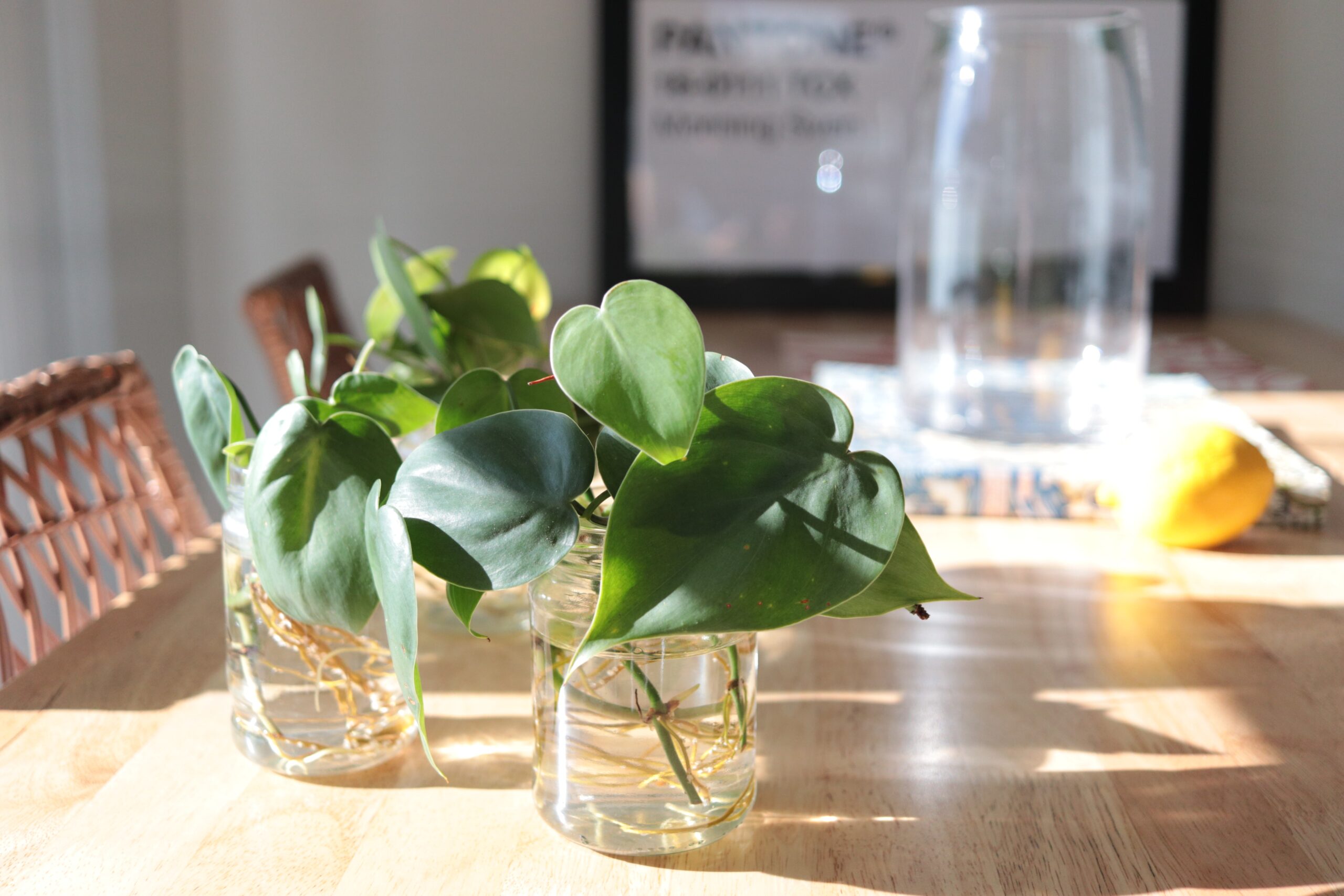
Yucca
Yucca is a desert plant. It only needs a little water and a small amount of fertilizer. If you overwater it, it will lose its leaves and probably die. It is ideal for sun or partial shade. Fertilize it once a week during summer to make it grow faster and healthier. The best fertilizer for cacti and succulents is the one you use for green plants. Water the yucca when the soil dries out.
Spring fig tree
Thanks to its large leaves and woody trunk, Spring Ficus will be an exotic decoration for any office. It grows well in darker places and needs little water. Especially in spring and summer, add fertilizer to make sure the plant’s green color is bright. Water your spring fig tree every two weeks. Take care of this fig tree, and it will return the favor with beautiful green leaves.

Herbaceous plants
The herbaceous plants are probably the number one choice when it comes to flowers for the office. Nothing can go wrong here. Peonies, Larkspur is part of the herbaceous plants family. These nonwoody stem plants grow in both dark and bright rooms. They can cope perfectly with lower and higher temperatures. And they only need a little water. A long weekend without watering them will not kill them.
It is worth watering the plants once a week from March to September (add a bit of fertilizer, too!). During the winter, once every three weeks is usually enough. It is best to check the soil with your finger before watering. If it is already dry – it’s time to water them.
Schefflera
Scheffleras are easy to grow if they are set in the right place. This plant prefers bright but not intensely sunny areas – especially in winter. During spring and summer, scheffleras need a lot of water. The soil should be humid but not drenched. In winter, it is enough to water it once a week.
Fertilize from March to September. Schefflera also negatively ionizes and humidifies the air, promoting our well-being and health.
Devil’s Ivy
Devil’s Ivy prefers bright spots. This fast-growing vine clings to anything it can pull itself upon. The soil should always be slightly moist. I recommend it as an office plant because it will survive short phases of dryness. It grows best when watered with distilled water. Fertilize your Devil’s Ivy from March to October at two weeks intervals. You will enjoy a cascade of leaves every day in the office!
Aspidistra
Easy to grow and evergreen? It’s an aspidistra. Who would have thought these plants from the asparagus family were the perfect flowers for the office?
It is very resistant to adverse conditions, so its common name is an iron leaf. It needs only a little water.
Water it every two weeks with green plant fertilizer in spring and summer.
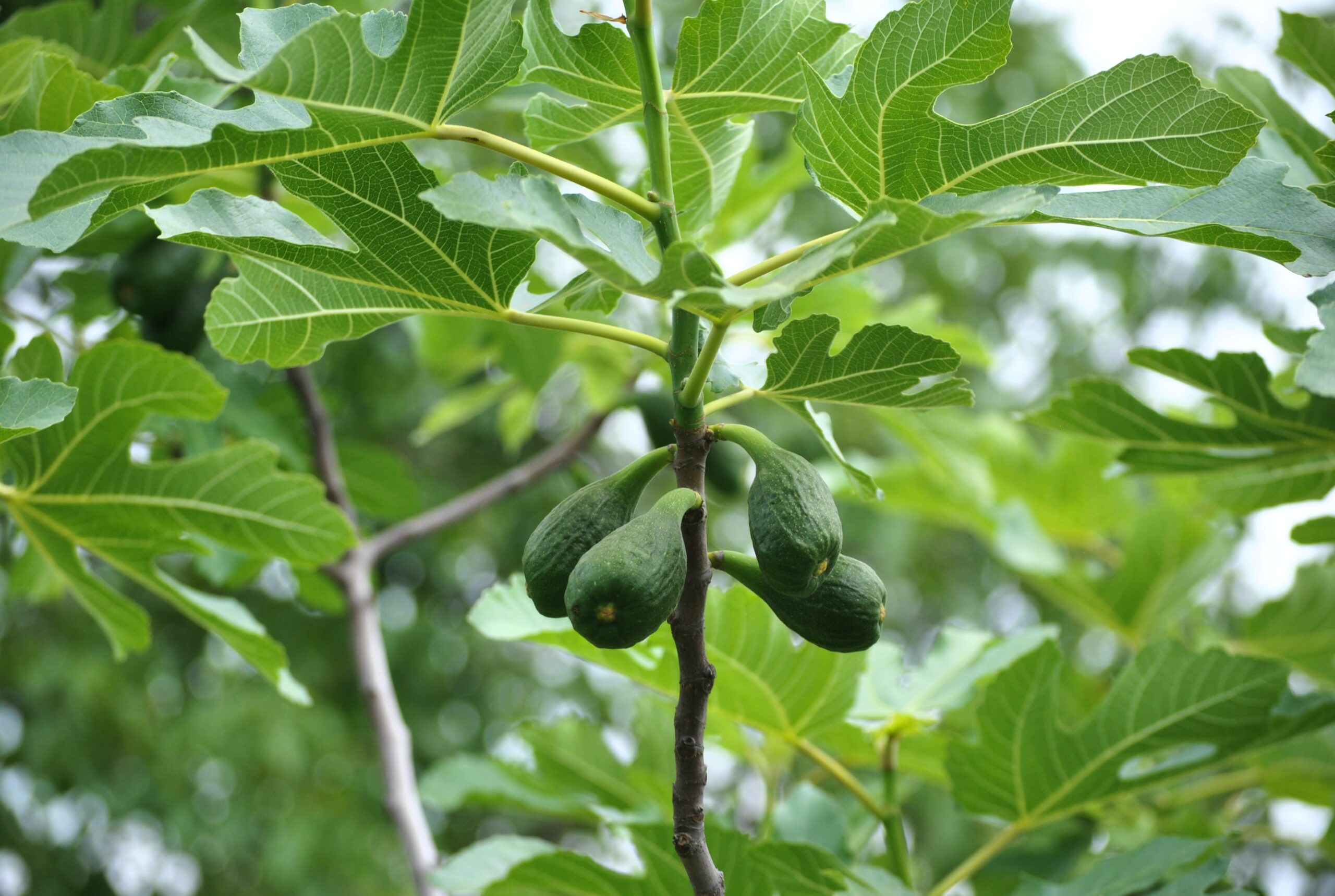
Weeping Fig
Ficus or Benjamina ficus likes direct sunlight. If it gets too little light, it loses its leaves.
Water it when the soil is dried.
Ficus Benjamina needs fertilizing until the end of August – about once a week. In the winter, once a month is enough.
If you share your office with colleagues before buying a ficus, it is worth asking if they are allergic to sap-containing latex.
What we love from Amazon this week
Buy these wonderful flowers directly from Amazon:



